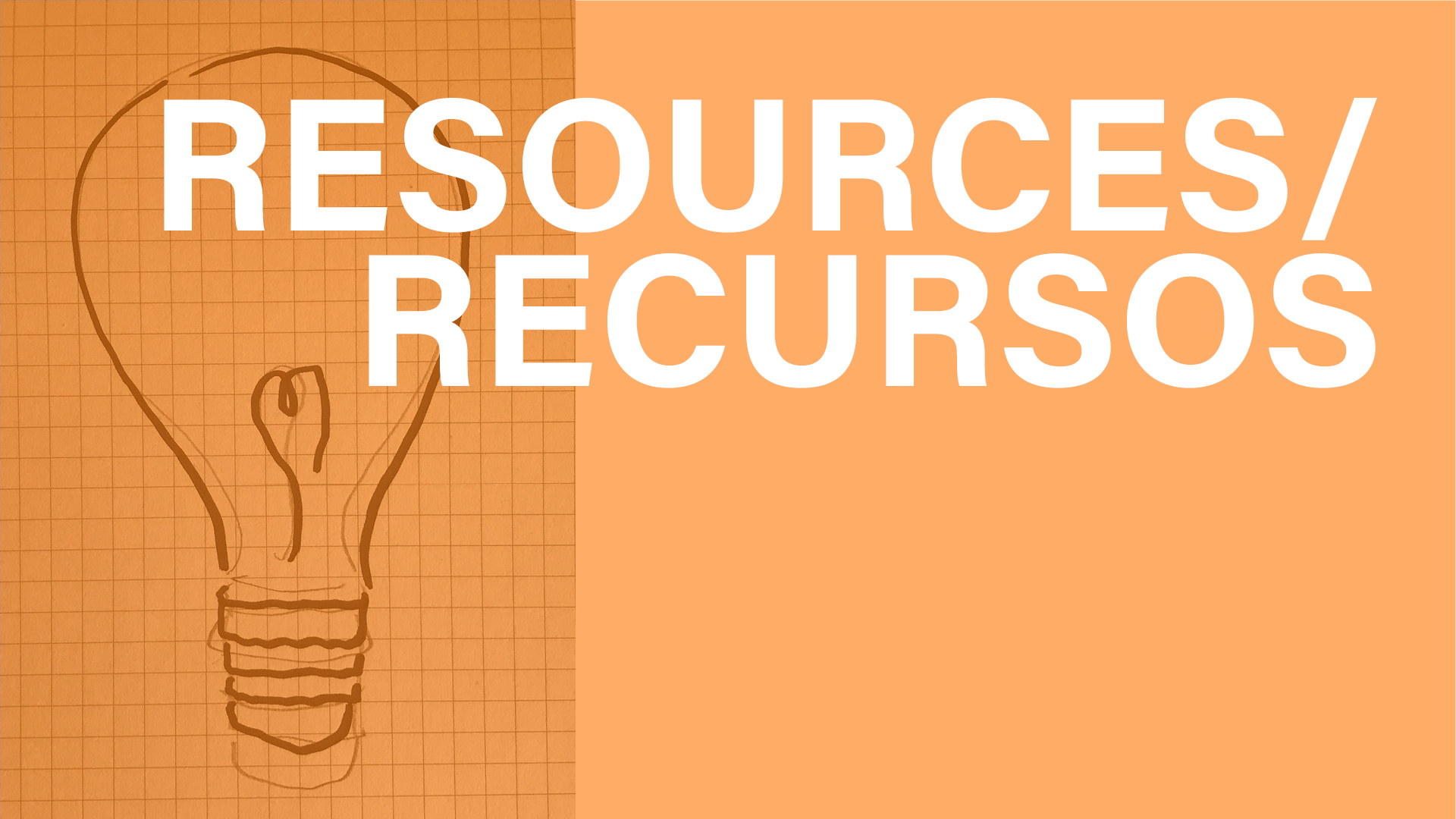RESOURCES / RECURSOS
Who should wear a mask?
- The CDC recommends everyone to wear a nonmedical mask when in grocery stores and in public spaces
-
Wear a mask if you are taking care of a person with suspected 2019-nCoV infection.
- Wear a mask if you are coughing or sneezing.
- Masks are effective only when used in combination with frequent hand-cleaning with alcohol-based hand rub or soap and water.
- If you wear a mask, then you must know how to use it and dispose of it properly.
Instructions for how to wear and wash a mask
WHO guidelines on when and how to use a mask
All We Have is Each Other: Mask Making and Mutual Aid Zine
“What’s the Best Material for a Mask?” – New York Times
NM statewide coordination for PPE : nmcovid.org
Open Source COVID19 Medical Supply Guide
* * * * * *
¿Quién debe usar el cubreboca?
- El CDC recomiendan que todos usen cubreboca no médica cuando estén en supermercados y en espacios públicos.
-
Necesita usar cubreboca si está cuidando a una persona con sospecha de infección 2019-nCoV.
-
Use cubreboca si está tosiendo o estornudando.
-
El usuario de cubreboca es efectivo solo cuando se usa en combinación con la limpieza frecuente de las manos con un desinfectante para manos a base de alcohol o agua y jabón.
-
Si usa cubreboca, entonces debe saber cómo usarla y desecharla adecuadamente.
Instrucciones sobre cómo usar y lavar el cubreboca de tela
Artículo de NYT sobre los mejores materiales para el cubreboca (en inglés)
Coordinación estatal de NM para PPE (en inglés)
Recursos útiles sobre materiales (en inglés)
* * * * * *
Further thoughts:
• We don’t know what level of protection these masks offer: we are not healthcare professionals and these masks have not been tested in a lab. That said, CDC guidelines state: “In settings where facemasks are not available, [health care professionals] might use homemade masks (e.g., bandana, scarf) for care of patients with COVID-19 as a last resort.” The idea behind making these masks is to:
1) Offer protection to non-healthcare workers so that we aren’t purchasing PPE (personal protective equipment) that they need; and
2) Offer protection to healthcare workers (HCW) who might be in need because of a shortage — some protection is better than none, and we have already seen some healthcare workers resorting to the use of bandanas and improvised facemasks. IMPORTANT: If you are sewing masks to donate to HCWs, it’s imperative to ask them directly what they need.
• Remember that if you are wearing one, avoid touching the outer part during or after use. Droplets with the virus can land and survive on the outer part, so you’ll want to disinfect it after use by washing with hot water and soap (or hanging for 3 days). And wash your hands thoroughly!
• Your mask needs to be breathable. If you are finding it hard to breathe with the mask, remove the filter (if there is one). Studies we have seen suggest that the 2 layers of cotton provide protection for non-clinical settings. If you still have trouble breathing, remove the mask and notify your healthcare provider if you are in a situation where a mask is recommended.
• Another tip on protection: wear glasses! If you have glasses, wear them instead of contact lenses. The novel coronavirus can spread through mucosa of the eyes, nose, and mouth. Wearing glasses adds a layer of protection for your eyes.
* * * * * *
Algunos pensamientos:
• No sabemos qué nivel de protección ofrecen estas máscaras: no somos profesionales de la salud y nuestro cubreboca no se han probado en un laboratorio. Dicho esto, las pautas de los CDC establecen: "En entornos donde el cubreboca no están disponibles, [el personal de la salud] podrían usar máscaras caseras (por ejemplo, pañuelo, bufanda) para el cuidado de pacientes con COVID-19 como último recurso". La idea detrás de hacer estas máscaras es:
1) Ofrecer protección a trabajadores de primera linea y la población general para que no estemos comprando el PPE (equipo de protección personal) que el personal de salud necesitan; y
2) Ofrecer protección al personal de la salud (PDS) que puedan estar necesitados debido a una escasez: cierta protección es mejor que ninguna, y ya hemos visto al personal de salud recurrir al uso de pañuelos y máscaras faciales improvisadas. IMPORTANTE: Si está cosiendo cubreboca para donar a PDS, es imprescindible preguntarles directamente qué necesitan.
• Si está haciendo esto para usted y sus amigos / familiares, ¡genial! Recuerde que si está usando uno, evite tocar la parte exterior durante o después del uso. Las gotas con el virus pueden caerse y sobrevivir en la parte de afuera, entonces, lave/desinféctela después de usarla.
• Su cubreboca debe ser transpirable. Si le resulta difícil respirar con la máscara, retire el filtro (si lo hay). Los estudios que hemos visto sugieren que las 2 capas de algodón proporcionan protección para entornos no clínicos. Si aún tiene problemas para respirar, quítese el cubreboca y notifique a su proveedor de atención médica si se encuentra en una situación en la que se recomienda el cubreboca. https://www.researchgate.net/publication/258525804_Testing_the_Efficacy_of_Homemade_Masks_Would_They_Protect_in_an_Influenza_Pandemic
• Otro consejo sobre protección: ¡use anteojos! Si tiene anteojos, úselos en lugar de lentes de contacto. El nuevo coronavirus puede propagarse a través de la mucosa de los ojos, la nariz y la boca. Usar anteojos agrega una capa de protección para sus ojos.
